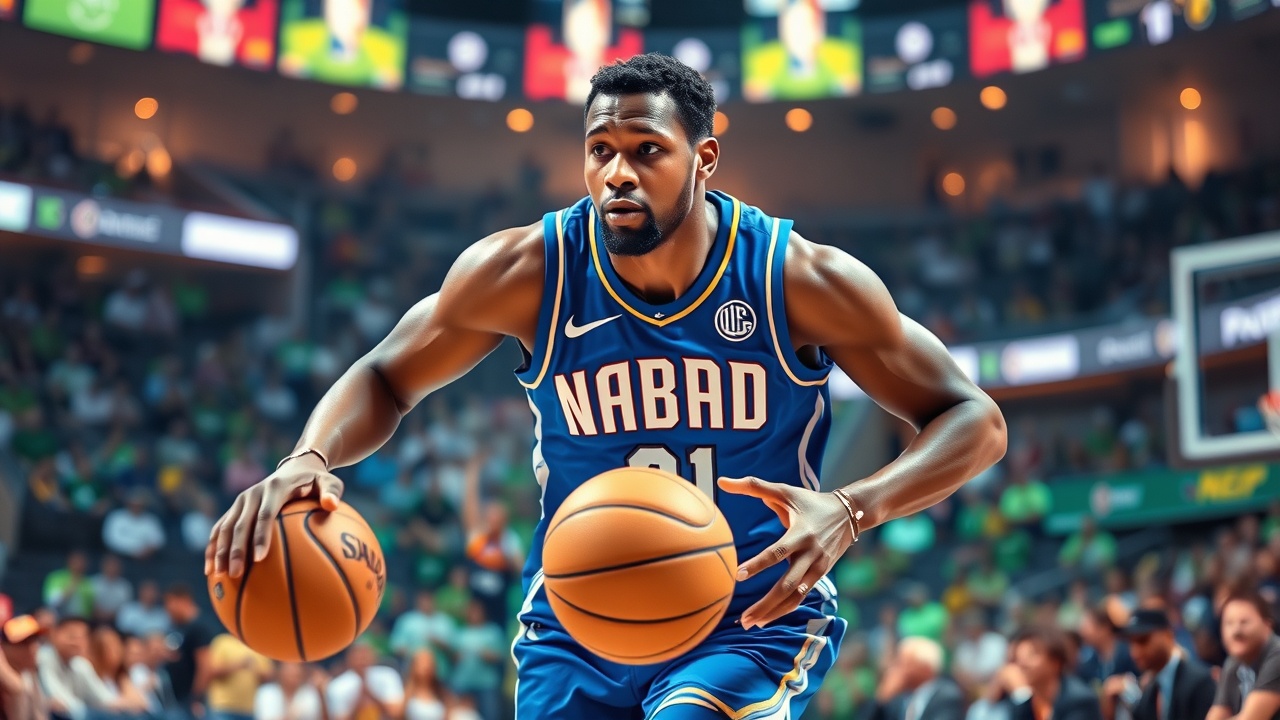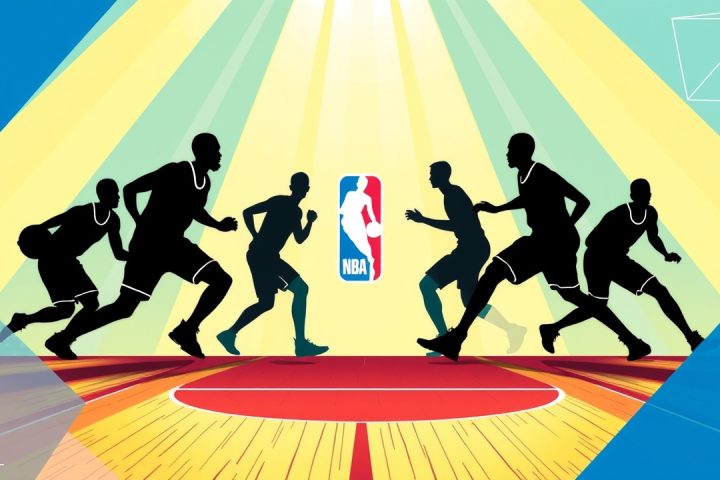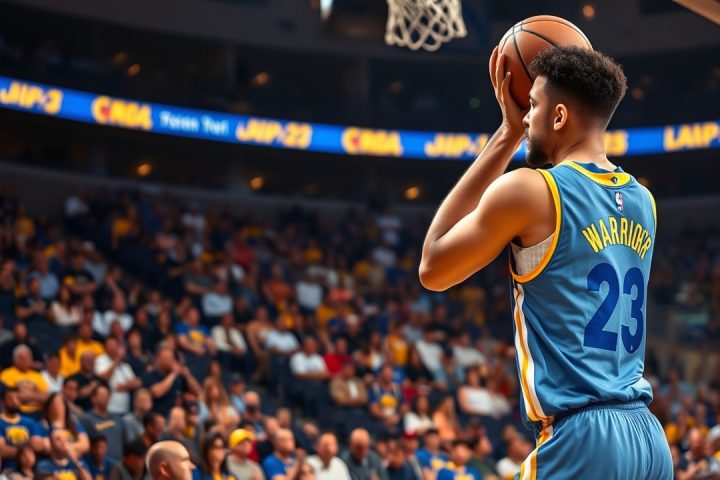Shai Gilgeous-Alexander’s Supermax Contract
In a significant development for the NBA, Shai Gilgeous-Alexander secured a remarkable four-year supermax contract extension last week, concluding his impressive season with a financial windfall that positions him near a historic monetary milestone. By the 2030-31 season, it’s estimated that Gilgeous-Alexander could earn an extraordinary $79 million, effectively translating to over $963,000 per game. This remarkable figure puts him within striking distance of potentially being the first player in NBA history to receive $1 million for each game played.
Factors Influencing NBA Salaries
While that landmark might be aspirational, one thing is certain: the wealth in the NBA continues to escalate, influenced by factors such as the unique supermax extension rule and a climbing salary cap. The supermax contract designation was established in the 2017 collective bargaining agreement, allowing players with seven to eight years of experience, who have remained with the same team and have met specific accolades, to sign extensions that begin at 35% of the salary cap.
Gilgeous-Alexander recently became the 14th player to sign such a lucrative deal. This system has contributed to what many are calling ‘basketball inflation’. The salary cap has surged considerably from $63 million a decade ago to a projected $141 million for the 2024-25 season, reflecting a two-thirds increase that was once unforeseen.
Impact of Television Contracts
The implications of the NBA’s newly signed 11-year television contract worth $76 billion, effective next season, are significant; it will inject nearly $7 billion annually into the league’s finances compared to the previous contract’s $2.7 billion per season. This cash influx is anticipated to cause a substantial rise in the salary cap, creating the potential for a dramatic increase in supermax contracts. The last time revenue from national TV rights soared, the salary cap increased by 34% in just one summer.
The predicted growth in the salary cap suggests that it could reach over $150 million next season and potentially double by 2033-34, which would dramatically benefit supermax contracts and their values within the league. For context, Stephen Curry was the first player to sign a supermax deal back in the 2017-18 season, and since then, the value of these contracts has been on a steep trajectory.
Future Supermax Candidates
In light of these trends, fans are now watching closely for who the next players might be to achieve landmark earnings. Among recent drafts, Ja Morant from the 2019 class is the only player with All-NBA recognition, making the 2020 class, which includes Anthony Edwards and Tyrese Haliburton, more promising for supermax candidates.
As we gaze into the future, young talents from the classes of 2022 and 2023, such as Jalen Williams and Victor Wembanyama, also stand to benefit enormity from this contract structure. The financial landscape of the NBA is reshaping, hinting at an era where lucrative agreements could lead multiple players to exceed the $82 million annual threshold, which translates to the coveted $1 million per game.
Broader Implications in Professional Sports
This is not merely an NBA phenomenon; it echoes across professional sports. Comparatively, Major League Baseball pitchers have surpassed $35 million annually, translating to more than $1 million per game, while elite NFL players are also generating substantial earnings. In a landscape where team sports are heavily evaluated based on the impact of individual players, the increase in supermax contracts could provoke new dialogues regarding player compensation relative to their contributions on the court.
As the NBA’s financial dynamics evolve, there may be consequential effects on player movements and salary structures. For instance, as compensation levels soar, some players may prioritize factors beyond financial gain when considering free agency, potentially balancing their own earnings against team salary cap constraints. Regardless of its immediate implications, reaching a supermax salary of $1 million per game will signify a pivotal moment in sports history, reinforcing the immense value top-tier players bring to their teams and the league as a whole.




